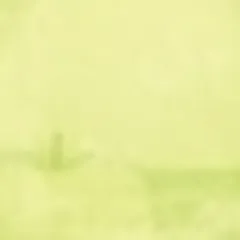Teach you how to make meat diet dishes
Recommendation for this issue: Chicken and cucumber stuffed

Cucumber 2 pieces 400g; about 64 calories

chicken 100g; about 167 calories
Excipients:

Red sweet pepper 1g; about 0.2 calories
Seasoning:

Salt amount;0 calories
Total calories: 231.2 calories/person-more calories check check the calories your body needs
Chicken and cucumber stuffed-The principle of weight loss compared with pork, beef and other meats, chicken is obviously low-fat, low-calorie, and is rich in nutrients. It can almost become the first choice food for dieters to consume animal protein.
Fresh cucumbers also contain propanoic acid, which can inhibit the conversion of carbohydrates into fat. Cucumber also contains cellulose, which plays a certain role in promoting intestinal peristalsis, accelerating excretion and lowering cholesterol. Cucumber has very low calories and is an ideal dietary vegetable for high blood pressure, hyperlipidemia and diabetes complicated with obesity.
Chicken and cucumber stuffed-making steps

1 Preparing materials
Prepare 100g of chicken, 2 cucumbers, about 400g, and 1 red sweet pepper, wash and set aside.

2 Cooking chicken
Put the chicken in the pan and cook until done.

3 ingredients diced
Tear the chicken into long strips and then cut into dices. Cut the red bell pepper and cucumber into finely divided dices respectively, add salt and mix well. Although 1 red sweet pepper was prepared in the previous step, the usable part is about 12 small diced slices.

4 Cut cucumber
Cut the cucumber into equal length sections.

5 Making cucumber cups
Gently cut a thin slice opening about one centimeter deep at the edges of both sides of the cucumber section (never cut it to the bottom), and then cut it across the opening. Remove the upper piece to be the opening of the cucumber cup. After removing the upper cover, insert the edge of the cucumber with a knife, cut open all sides, and then use a fork to pick out the inner flesh. Make all the cucumber segments one by one into a cucumber cup.

6 Swing
Place the cucumber cup on a large plate and set it up, then use scissors to cut the cucumber skin into some bamboo branches, bamboo shoots, and place them side by side next to the cucumber. Do whatever you want and put it as it looks good.

7 completes
Finally, put the mixed chicken, red bell pepper and cucumber diced into the cucumber cup, and the soup is evenly dispersed and poured into each cup to finish.
Share it on my Weibo
Nutrition expert comments

Feng Haibo, deputy secretary-general of China Dietitian Association and deputy director of Ganlin College of Nutrition, chicken and cucumber stuffed. It is a picturesque dish with low calories and a strong feeling of satiety. I can't bear to eat it.
Chicken and cucumber stuffed is a delicacy for weight loss
Feng Haibo: Chicken is the lowest calorie in meat and is the first choice for dieters to consume animal protein. Chicken breast meat is the part of the whole chicken with the lowest calorie and fat content. Remove chicken skin and visible fat and oil masses, which can reduce a lot of calories. Among them, cucumber raw is also a good weight loss food.>> See more ways to lose weight